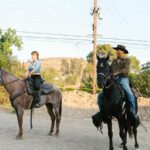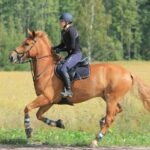When it comes to competitive equestrian sports, certain breeds like Thoroughbreds, Warmbloods, and Quarter Horses often dominate the spotlight. However, the equestrian world is filled with remarkable, versatile breeds that remain largely overlooked in competitive circles despite their exceptional abilities. These underrated equine athletes possess unique combinations of athleticism, intelligence, and temperament that make them excellent candidates for various disciplines, from dressage to endurance riding. For riders willing to look beyond the conventional choices, these lesser-known breeds offer tremendous potential, often at more accessible price points, and with distinctive advantages that can give competitors an unexpected edge. Let’s explore some of these hidden gems of the horse world and discover why they deserve more recognition in competitive riding circles.
The Versatile Morgan Horse

While Morgans have a dedicated following in the United States, they remain surprisingly underutilized in many competitive disciplines considering their exceptional versatility. Descended from a single foundation sire, Figure (later named Justin Morgan), these horses possess remarkable stamina, intelligence, and a willing disposition that makes them suitable for virtually any riding discipline. Their compact, muscular build combines strength with elegance, allowing them to excel in disciplines from dressage to jumping, western events, and even driving competitions. What makes Morgans particularly special is their consistent temperament – typically bold without being hot, intelligent without being stubborn, and possessing a genuine desire to please their handlers. This mental attribute, combined with their physical capabilities, makes them excellent all-around competitors who can adapt to multiple disciplines, allowing riders to explore different events without changing mounts.
The Surprisingly Athletic Haflinger
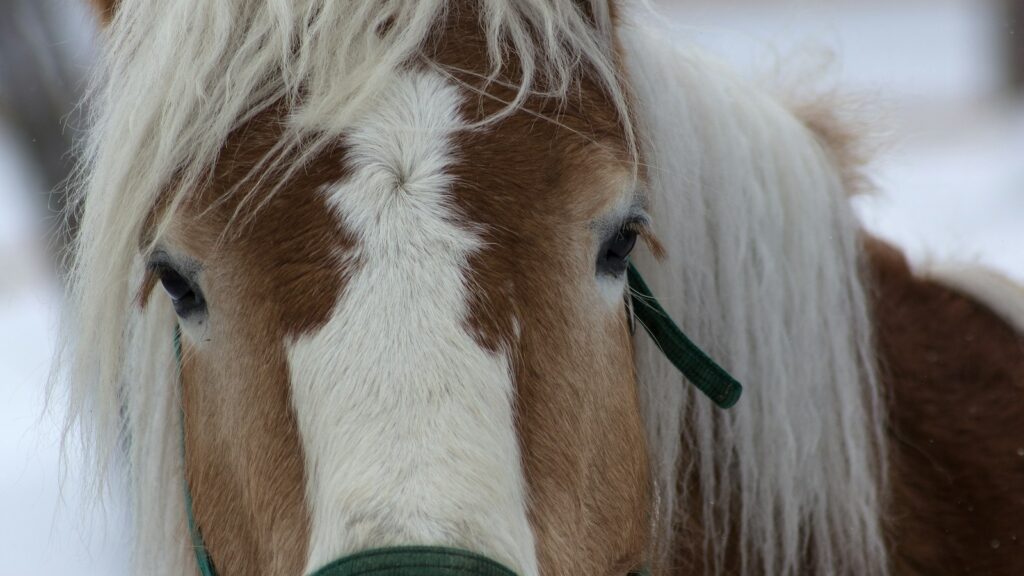
Often dismissed as merely cute ponies best suited for children or recreational riding, Haflingers are actually extraordinarily capable athletes whose competitive potential remains largely untapped. These golden-chestnut Austrian horses with their flaxen manes and tails possess remarkable agility despite their stocky build, making them unexpectedly competitive in disciplines like dressage, jumping, and especially combined driving. Haflingers feature a naturally balanced gait with impressive self-carriage, which provides an excellent foundation for dressage work without requiring the extensive training some larger breeds need to achieve collection. Their small stature (typically 13.2-15 hands) belies their carrying capacity and endurance, with many Haflingers easily carrying adult riders through demanding terrain or complex dressage tests. Additionally, their characteristically level-headed, people-oriented temperament makes them reliable partners in high-pressure competitive environments, where consistency often proves more valuable than occasional brilliance.
The Powerful Cleveland Bay
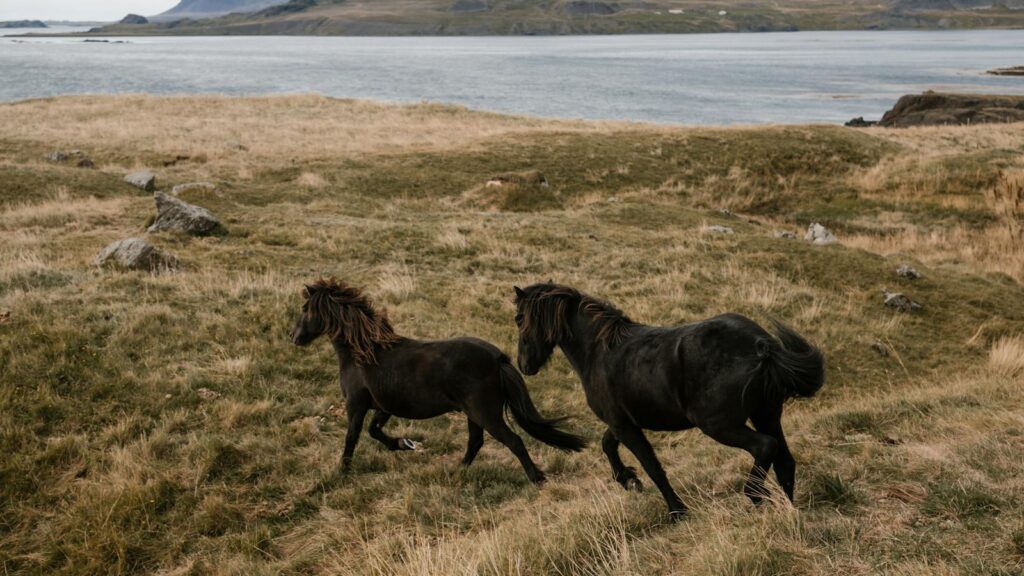
As Britain’s oldest indigenous horse breed, the Cleveland Bay represents a remarkable combination of strength, stamina, and sound constitution that remains dramatically underutilized in competitive riding. These bay horses (always bay, without white markings except for occasional small star) originally developed as all-purpose farm horses possess bone and substance that make them exceptional sport horses, particularly for heavier riders or those competing in eventing where power and endurance are crucial. Cleveland Bays feature naturally balanced movement with substantial impulsion, making them suitable for the dressage arena, while their sensible temperament and sure-footedness serve them well on cross-country courses. Despite their size—typically standing 16 to 16.2 hands—these horses move with surprising athleticism and agility, allowing them to negotiate complex jumping courses with confidence. The breed’s greatest competitive advantage may be its legendary hardiness and soundness, with many Cleveland Bays maintaining active competition schedules well into their late teens with minimal veterinary intervention.
The Elegant Akhal-Teke

While recognized for their distinctive metallic coat, the Akhal-Teke’s exceptional athletic abilities as competition horses remain surprisingly underappreciated in Western competitive circuits. This ancient breed from Turkmenistan developed through centuries of selective breeding for endurance, loyalty, and performance in harsh desert conditions, resulting in horses with remarkable stamina and a unique bond with their handlers. Akhal-Tekes possess an extraordinary natural balance and elasticity in their movement, with floating gaits that can give them an edge in dressage competition when properly developed. Their light build, reminiscent of Thoroughbreds but with distinctive muscling patterns adapted for endurance, makes them surprisingly capable jumpers with a distinctive style characterized by careful precision rather than excessive power. The breed’s legendary endurance capabilities make them exceptional choices for distance riding competitions, where their ability to maintain condition with minimal feed and water gives them a biological advantage. Perhaps most important for competitive purposes is the Akhal-Teke’s characteristic intelligence and one-person loyalty, forming bonds that create an exceptional partnership between horse and rider in high-pressure competitive environments.
The Nimble Fjord Horse
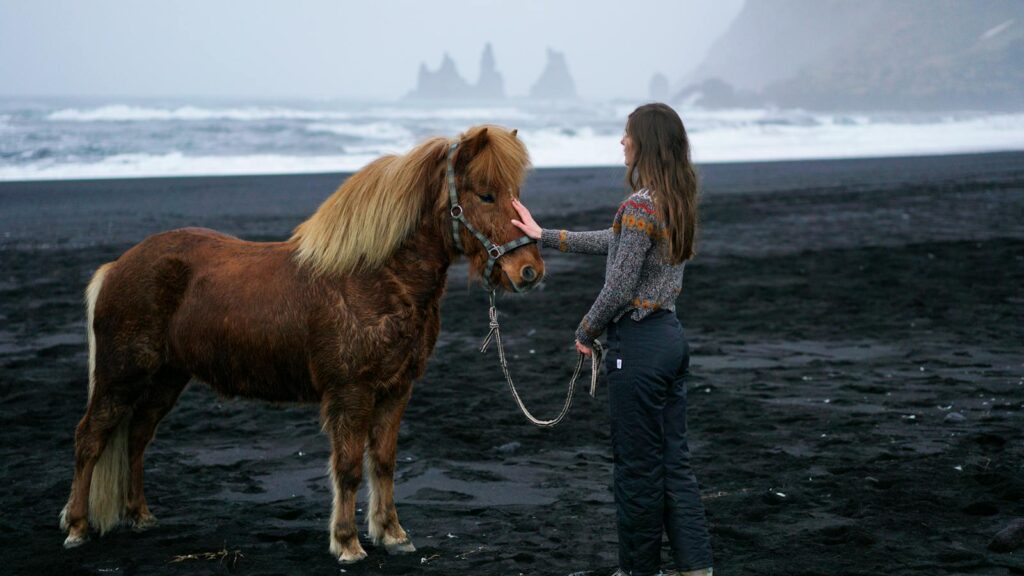
Despite their stocky build and draft horse appearance, Fjord horses possess remarkable agility and athletic capability that makes them surprisingly competitive across multiple disciplines. These Norwegian horses, with their distinctive cream or dun coloring and primitive markings, combine the strength of draft breeds with the nimbleness of ponies, allowing them to excel in sports from dressage to combined driving, jumping, and even eventing at lower levels. Fjords feature exceptionally sound conformation with strong legs and hard hooves, making them less prone to lameness issues that frequently sideline other competition horses, resulting in more consistent training and showing schedules. Their natural balance and self-carriage mean they can achieve collection more easily than many larger warmbloods, giving them a surprising advantage in dressage movements that require compression and engagement. What makes Fjords particularly valuable in competitive environments is their level-headed, methodical approach to new challenges – they rarely spook or become overwhelmed in busy competition venues, instead approaching their work with consistent reliability that judges and riders alike appreciate.
The Athletic Irish Draught
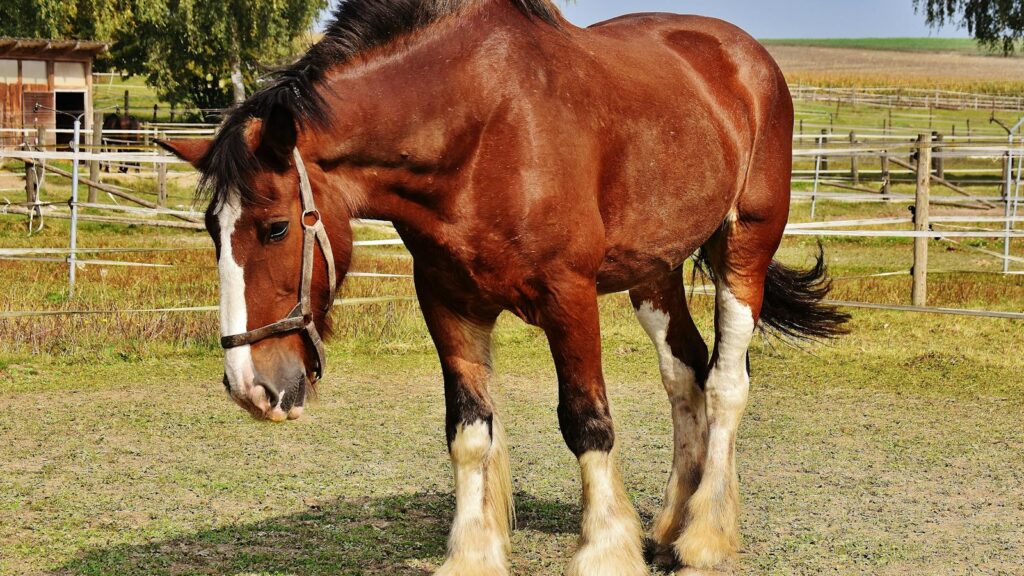
While Irish Sport Horses (Irish Draught crosses) have gained recognition in jumping disciplines, the pure Irish Draught remains undervalued despite being the powerful foundation behind many successful competition horses. These substantial horses, typically standing 15.2 to 16.3 hands, combine the power and bone of a draft horse with surprising athleticism and agility, making them especially suited for eventing and show jumping where strength and endurance are paramount. Irish Draughts possess exceptionally powerful hindquarters that allow them to clear large obstacles with ease, while their naturally sensible temperament helps them navigate complex courses with intelligence rather than just speed. Their trademark soundness and durability mean they typically enjoy longer competitive careers with fewer injuries than many more fragile breeds, providing riders with consistent partners over many seasons. Perhaps most importantly, the Irish Draught’s legendary “fifth leg” – their innate ability to recover from mistakes and find their way out of difficult situations – makes them invaluable partners in technical jumping competitions where even the best riders occasionally find themselves in challenging approaches to obstacles.
The Versatile Appaloosa
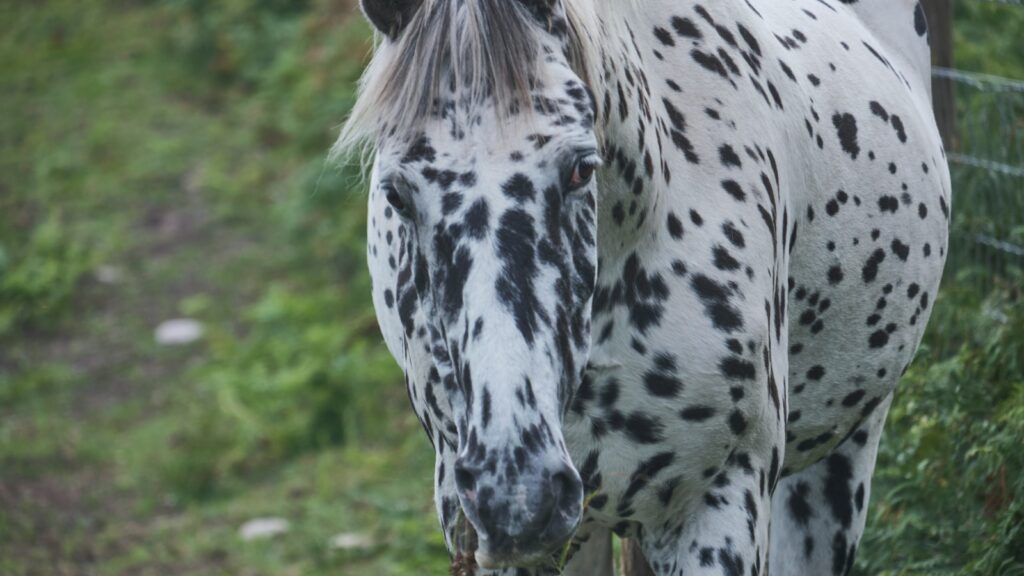
Though often pigeonholed as western pleasure or games horses, Appaloosas possess a remarkable athletic versatility that makes them competitive across numerous English and Western disciplines. Developed initially by the Nez Perce tribe for both speed and stamina, today’s Appaloosas maintain those athletic traits while adding distinctive spotted coloration that can actually provide a memorability advantage in subjective judging situations. These horses feature strong, compact builds with powerful hindquarters that make them exceptional jumpers and reiners, capable of quick direction changes and impressive collection when properly trained. Appaloosas are known for their “thinking” approach to obstacles and challenges, typically assessing situations carefully rather than reacting impulsively – a trait that serves them particularly well in trail competitions, eventing, and complex jumping courses. Their natural hardiness, inherited from ancestors who survived challenging environmental conditions, translates to modern competition as resistance to heat, recovery from exertion, and general soundness that keeps them in the competition ring when more delicate breeds might require rest or rehabilitation.
The Powerful Percheron Sport Horse
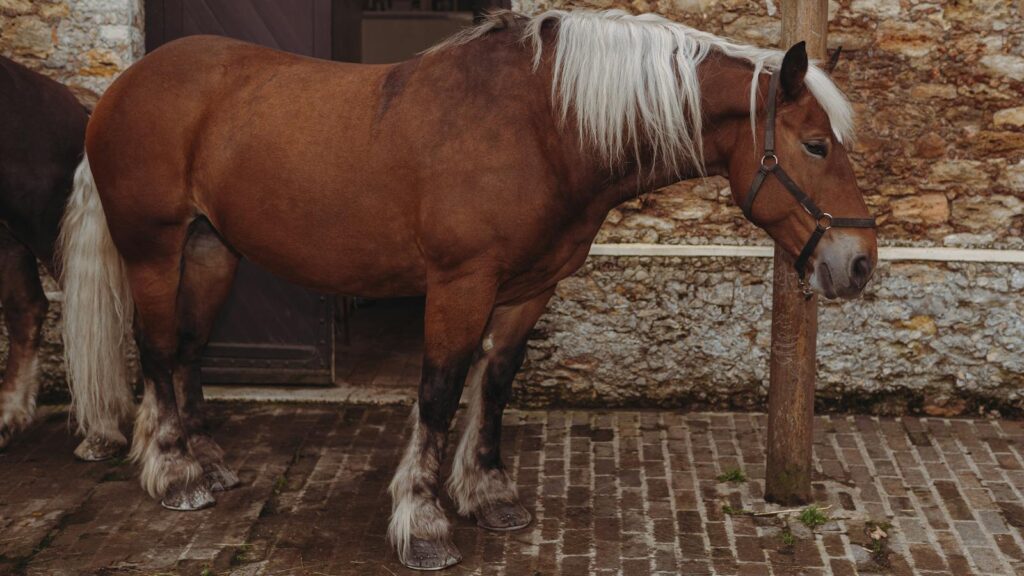
While full Percherons are clearly draft horses, the Percheron sport horse – usually a Percheron crossed with Thoroughbred, Arabian, or Warmblood – represents one of the most underutilized athlete types in competitive riding. These horses combine the power, bone, and imposing presence of their draft heritage with the refinement and athleticism of their sport horse lineage, creating mounts with exceptional competitive advantages for certain disciplines. Percheron crosses typically possess extraordinary strength that translates into impressive jumping ability and the power needed for collected dressage movements, while maintaining more athleticism than might be expected from their substantial frame. Their naturally calm temperament makes them exceptionally trainable and reliable in high-pressure competitive environments, responding thoughtfully rather than reactively to new situations. The bone and substance these horses inherit from their draft parentage contributes to soundness and durability, with many Percheron crosses remaining competitively sound well into their late teens. Perhaps most significantly for competitive riders, these horses often possess natural presence and expression that catches judges’ eyes and commands attention in the show ring, particularly in dressage where impression and engagement can influence scoring.
The Nimble Criollo
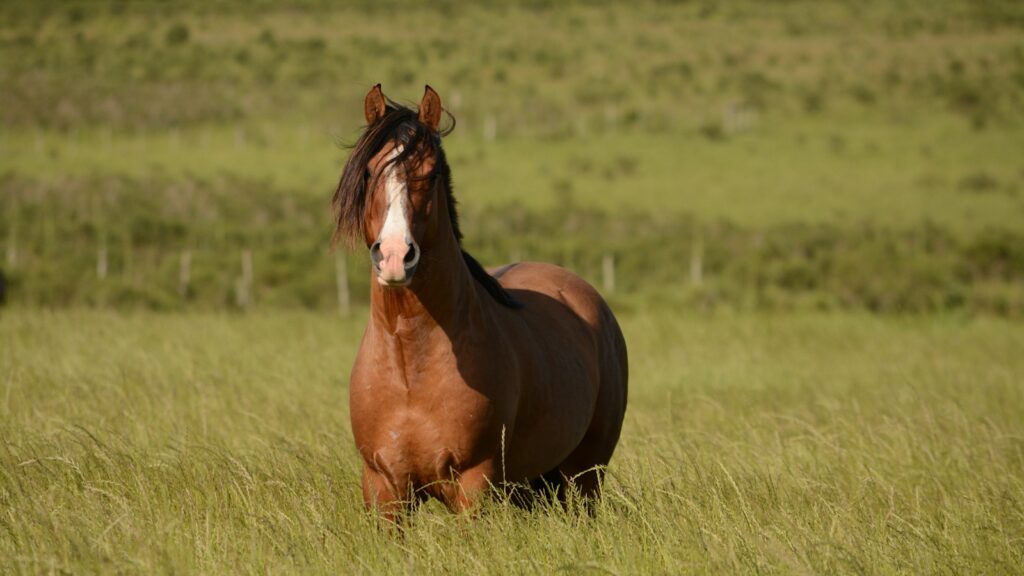
South America’s contribution to the equestrian world, the Criollo remains largely unknown outside its continent despite possessing exceptional athletic abilities that make it competitive across multiple disciplines. Developed through natural selection in the challenging Pampas environment, Criollos possess legendary endurance, soundness, and adaptability that translates directly to competitive advantage in disciplines like endurance riding, working equitation, and even lower-level eventing. These compact horses (typically 14-15 hands) feature exceptional bone density and tough hooves that contribute to remarkable soundness, with many Criollos competing actively into their twenties without significant veterinary intervention. Their naturally balanced conformation and low center of gravity make them surprisingly agile, able to execute tight turns and quick transitions that prove advantageous in timed events and technical courses. Perhaps the Criollo’s greatest competitive asset is its problem-solving intelligence and calm approach to new challenges – these horses assess situations rather than reacting emotionally, making them reliable partners in unpredictable competitive environments where consistency often outperforms raw talent.
The Athletic American Cream Draft
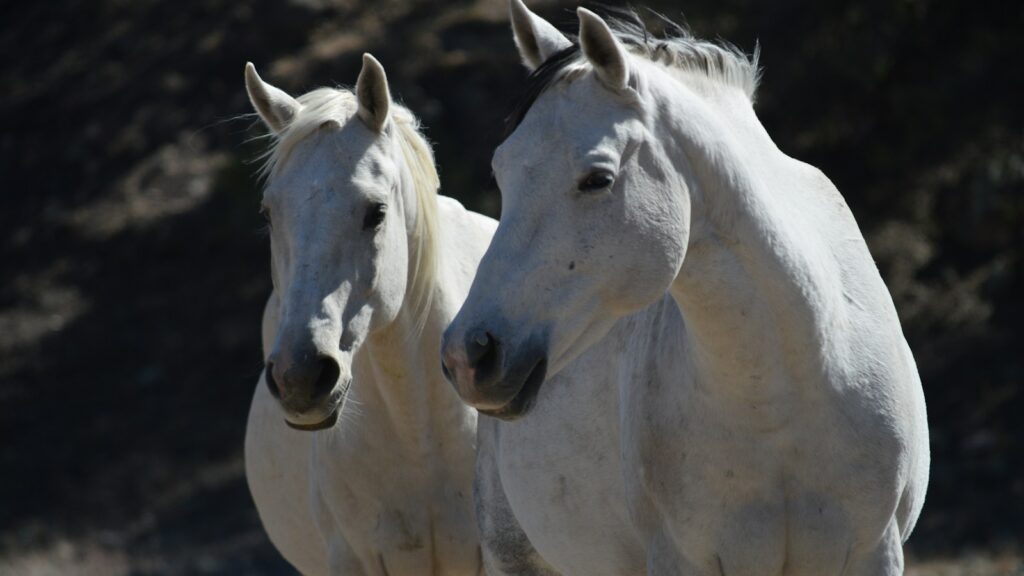
As America’s only indigenous draft breed, the American Cream Draft represents a unique combination of power and athleticism that remains virtually unexplored in competitive sport horse disciplines. These cream-colored horses with amber eyes typically stand 15.1 to 16.3 hands, making them smaller and more agile than many European draft breeds while still possessing the strength and bone that makes draft crosses so valuable in sports like eventing and combined driving. American Creams feature surprisingly active movement for their size, with many displaying natural cadence and suspension that transfers beautifully to dressage work when properly conditioned and trained. Their powerful hindquarters and strong back make them naturally suited to collection, allowing them to perform upper-level dressage movements with proper training despite not being traditional “dressage types.” What makes these horses particularly valuable for competitive riders is their characteristic intelligence and willing disposition – American Creams typically approach work with enthusiasm and focus, forming strong partnerships with their riders that translate to consistency in the competition arena.
The Elegant Frederiksborg Horse
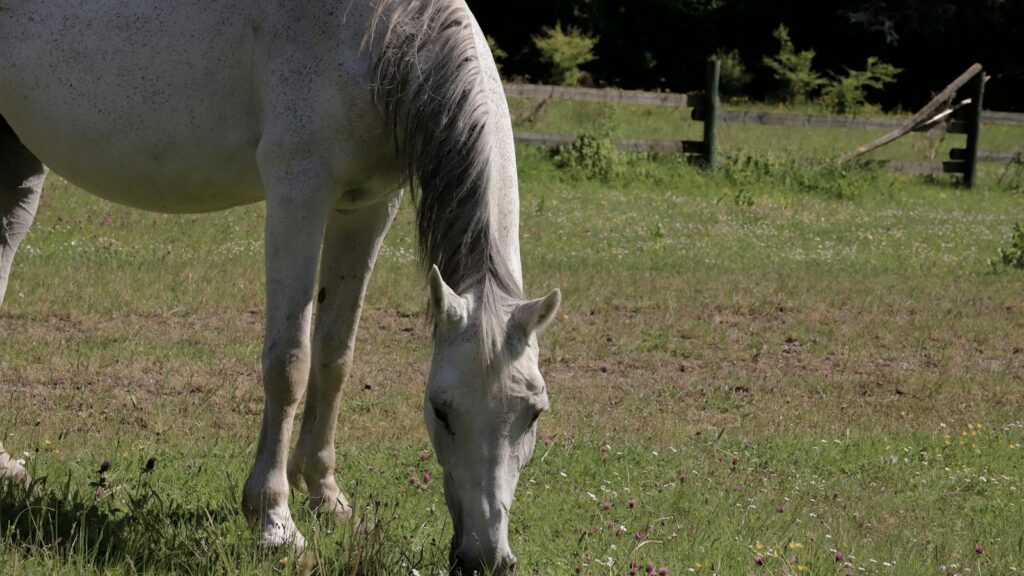
Denmark’s oldest breed, the Frederiksborg, remains virtually unknown outside Scandinavia despite possessing the athleticism, movement, and trainability that create exceptional dressage and driving competitors. These elegant horses, typically chestnut with flashy white markings, were once the mount of European royalty and possess natural elevation and cadence in their movement that provides a significant advantage in dressage competition. Frederikborgs feature a naturally uphill build with pronounced withers and well-angled shoulders that facilitate collection and extension, allowing them to perform advanced movements with less extensive training than some other breeds require. Their intelligent, sensitive nature makes them exceptionally responsive to subtle rider cues, creating the harmony and partnership that dressage judges reward highly in competition scoring. What makes these horses particularly special in competitive environments is their natural presence and expression – Frederikborgs typically carry themselves with pride and animation that draws attention in the show ring, giving them a subjective advantage in presented sports where impression matters alongside technical execution.
The Resilient Marwari Horse
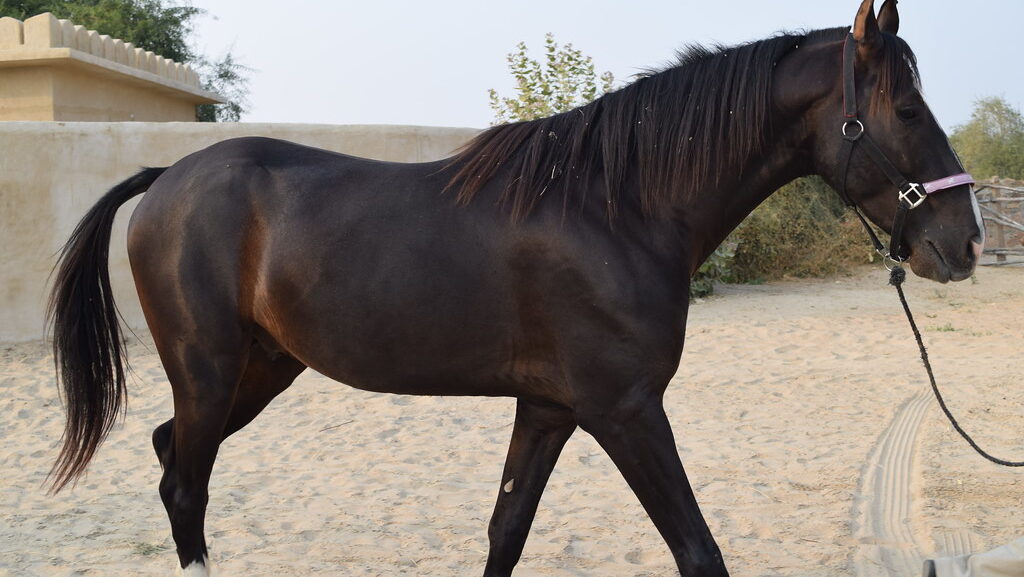
India’s indigenous Marwari horses remain one of the world’s most underutilized athletic breeds despite possessing extraordinary endurance, agility, and intelligence that would make them exceptional competitors in several disciplines. Most distinctive for their inward-curving ears, Marwaris were developed as desert war horses, resulting in natural selection for stamina, hardiness, and quick responsiveness that translates directly to competitive advantage in modern disciplines like endurance riding and mounted games. These horses possess exceptional heat tolerance and metabolic efficiency, allowing them to perform in challenging conditions that might compromise other breeds’ performance. Their naturally alert, responsive nature makes them quick to learn and adapt to new situations, allowing them to master complex patterns and technical requirements with relatively minimal training. Perhaps the Marwari’s greatest competitive advantage lies in their legendary loyalty and heart – these horses form extraordinary bonds with their riders and typically demonstrate remarkable willingness to perform even when tired, a mental attribute that can make the difference between completion and elimination in demanding competitive disciplines.
The Surprising Canadian Horse

Often called “The Little Iron Horse,” the Canadian Horse represents one of North America’s most versatile and underutilized competitive breeds despite its extraordinary athleticism and versatility. Descended from horses sent from France to Quebec in the 17th century, these compact but powerful horses (typically 14-16 hands) developed through natural selection for hardiness, intelligence, and versatility in challenging conditions. Canadians possess exceptional muscle density and efficient movement that gives them natural collection capabilities, making them particularly well-suited for dressage and driving disciplines where engagement and self-carriage are crucial. Their strong bone structure and sound constitution contribute to remarkable durability, with many Canadian Horses enjoying competitive careers spanning decades with minimal soundness issues. What makes these horses particularly valuable for competitive riders is their characteristic intelligence and work ethic – Canadians typically approach training with enthusiasm and focus, mastering new skills quickly and performing reliably under pressure. This combination of physical capability and mental attributes creates horses that can compete effectively across multiple disciplines, allowing versatile riders to explore different sports without changing mounts.
Conclusion
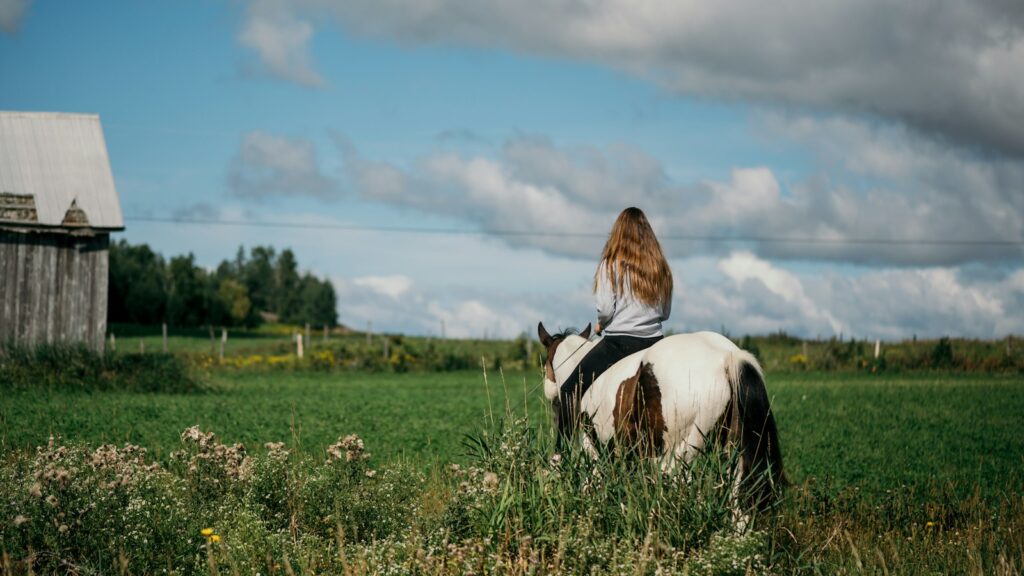
The world of competitive riding extends far beyond the traditional popular breeds that dominate equestrian sports today. These twelve underrated breeds represent just a sampling of the extraordinary equine athletes waiting to be discovered by competitive riders willing to look beyond conventional choices. Each brings unique strengths to various disciplines, from the Morgan’s exceptional versatility to the Akhal-Teke’s remarkable endurance, the Cleveland Bay’s power, or the Frederiksborg’s natural elegance. For riders seeking competitive partners, these breeds often offer exceptional value – combining athletic capability with distinctive traits at more accessible price points than more fashionable breeds. Moreover, choosing one of these underrated breeds provides an opportunity to contribute to genetic diversity and conservation while potentially discovering competitive advantages that others have overlooked. In equestrian competition, where the partnership between horse and rider ultimately determines success, finding the right equine teammate matters far more than following trends – and one of these remarkable breeds might just be the perfect match for your competitive aspirations.




